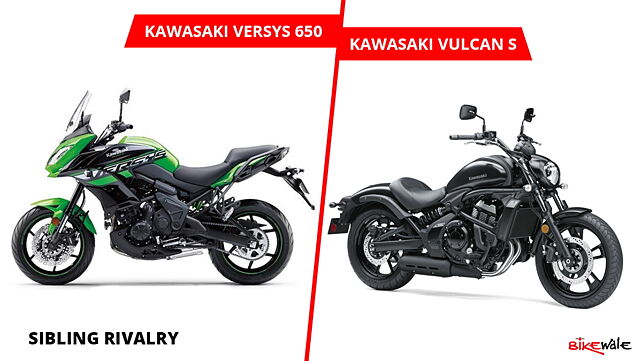
The Kawasaki Vulcan range has finally made inroads into the Indian market with the smallest model in the family, the Vulcan S. The Vulcan S is the only Japanese middleweight cruiser to be sold here, and has its work cut out as a rival to the American Harley-Davidson Street 750. However, even within the brand, the Vulcan S has a rival in the form of the Versys 650. We take a look at how these touring motorcycles stack up against each other -
Design
While both are touring motorcycles, the approach towards styling and the character couldn’t have been any different. The Vulcan S is low-slung cruiser with swooping design and a laid-back stance. It borrows the design language from its bigger siblings, along with the unique fuel tank shape and the inverted triangular headlamp. The Versys 650 on the other hand, is an adventure touring bike. It also borrows cues from its elder sibling, with the high-riding stance, long travel suspension and the menacing twin-headlamp setup.
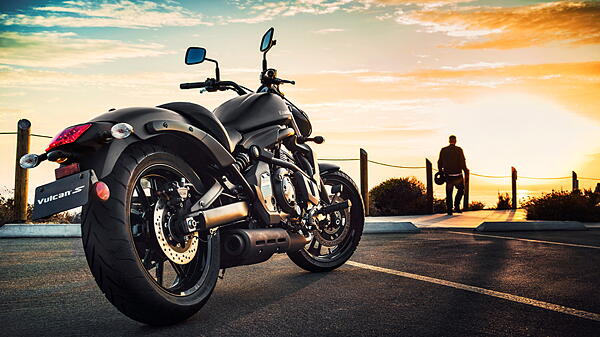
The instrument clusters of both the motorcycles are identical, and feature an analogue tachometer and a digital display. Shorter riders might feel at ease with the Vulcan S, especially with Kawasaki’s Ergo-Fit options, which allow the handlebar, seat height and footpeg position to be customised in three levels. The Versys 650, on the other hand, is best suited for tall riders.
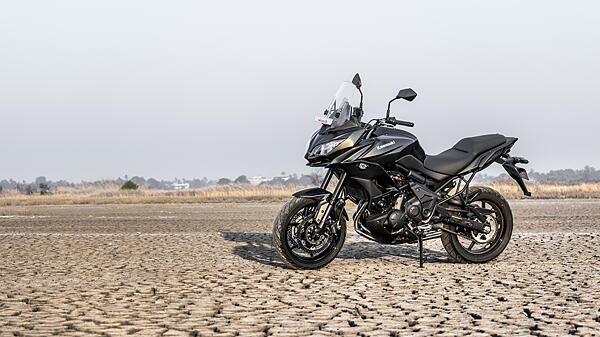
Engine
At the heart of the Vulcan S and Versys 650 is the same bullet-proof 649cc parallel twin engine, although the state of tune is different. The Vulcan S delivers 60bhp and 63Nm of torque, and tips the scales at 235 kilograms. The Versys 650 is lighter and more powerful. It weighs 216 kilograms and boasts of an output of 68bhp and 64Nm of torque. Both the bikes get a six-speed gearbox.
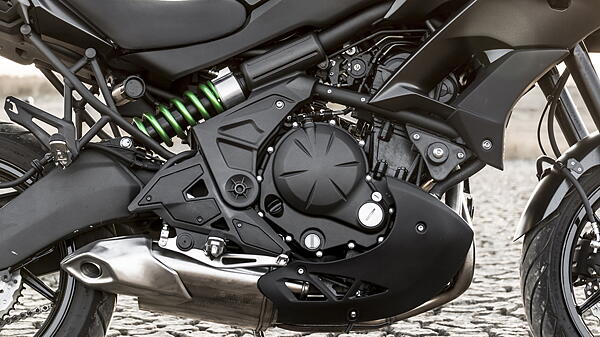
Features
Both the Vulcan S and the Versys 650 get ABS as standard. And while the equipment list of the Vulcan S stops here, the Versys 650 offers a bit more with its adjustable front suspension. The 41mm inverted forks can be adjusted for preload and rebound damping. Both the bikes get an offset rear monoshock with preload adjustability. Even for the brake setup, the Vulcan S has to make do with a single 300mm disc, while the Versys 650 gets two of these. The Versys 650 even offers a bigger 21 litre fuel tank as opposed to the Vulcan S’ 14 litre tank.

Price
While you do miss out on the fancy features and the option of straying off the beaten path every once in a while, the Vulcan S has a big advantage – its price. The Versys 650 retails at Rs 6.5 lakhs, while the Vulcan is a lot more affordable at Rs 5.44 lakhs. The Versys 650 might feature a longer feature list, but it also commands a higher price tag. That’s the premium you have to shell out for its versatility.


![Kawasaki Vulcan S [2018-2019] Image Kawasaki Vulcan S [2018-2019] Image](https://imgd.aeplcdn.com/272x153/bw/models/kawasaki-vulcan-s-black20190722135433.jpg?q=80)


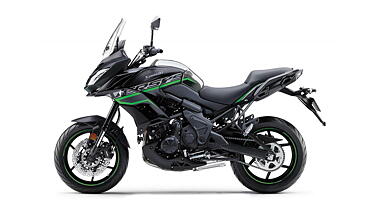

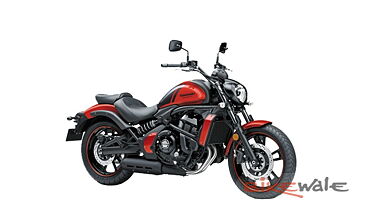

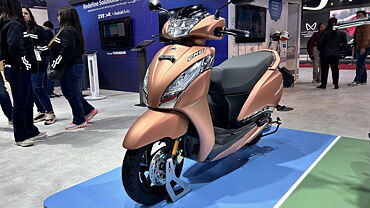
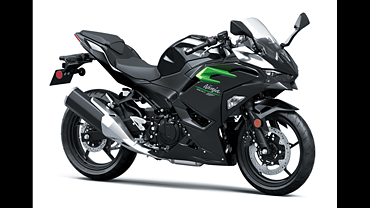
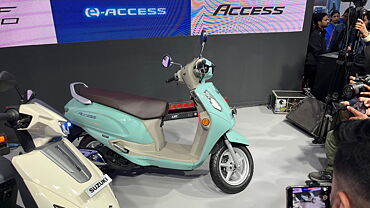
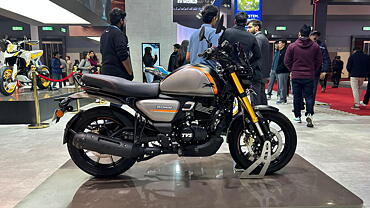
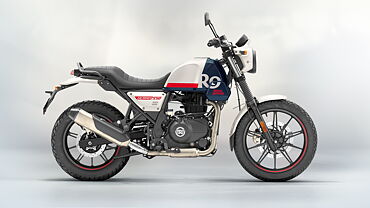
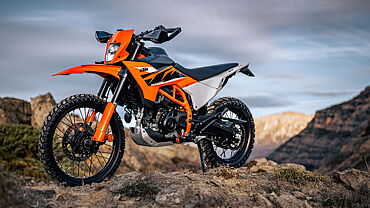


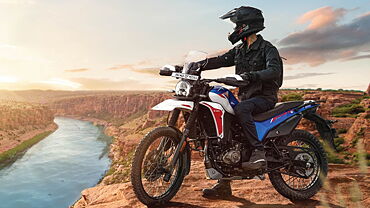
![Kawasaki Vulcan S [2018-2019] Exterior Kawasaki Vulcan S [2018-2019] Exterior](https://imgd.aeplcdn.com/199x112/bw/ec/34891/Kawasaki-Vulcan-S-First-Ride-Review-129403.jpg?wm=2&q=80)
![Kawasaki Vulcan S [2018-2019] Exterior Kawasaki Vulcan S [2018-2019] Exterior](https://imgd.aeplcdn.com/199x112/bw/ec/34891/Kawasaki-Vulcan-S-First-Ride-Review-129452.jpg?wm=0&q=80)
![Kawasaki Vulcan S [2018-2019] Exterior Kawasaki Vulcan S [2018-2019] Exterior](https://imgd.aeplcdn.com/199x112/bw/ec/34891/Kawasaki-Vulcan-S-First-Ride-Review-129405.jpg?wm=2&q=80)
![Kawasaki Vulcan S [2018-2019] Action Kawasaki Vulcan S [2018-2019] Action](https://imgd.aeplcdn.com/199x112/bw/ec/34891/Kawasaki-Vulcan-S-First-Ride-Review-129439.jpg?wm=2&q=80)
![Kawasaki Vulcan S [2018-2019] Action Kawasaki Vulcan S [2018-2019] Action](https://imgd.aeplcdn.com/468x263/bw/ec/34891/Kawasaki-Vulcan-S-First-Ride-Review-129428.jpg?wm=2&q=80)
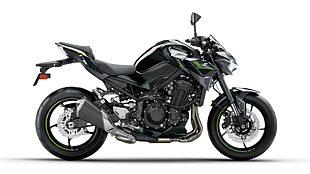
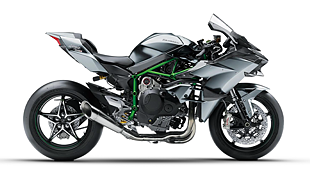






![KTM 390 Adventure X [2025] KTM 390 Adventure X [2025]](https://imgd.aeplcdn.com/272x153/n/cw/ec/190885/390-adventure-x-2025-right-side-view.jpeg?isig=0&q=80)